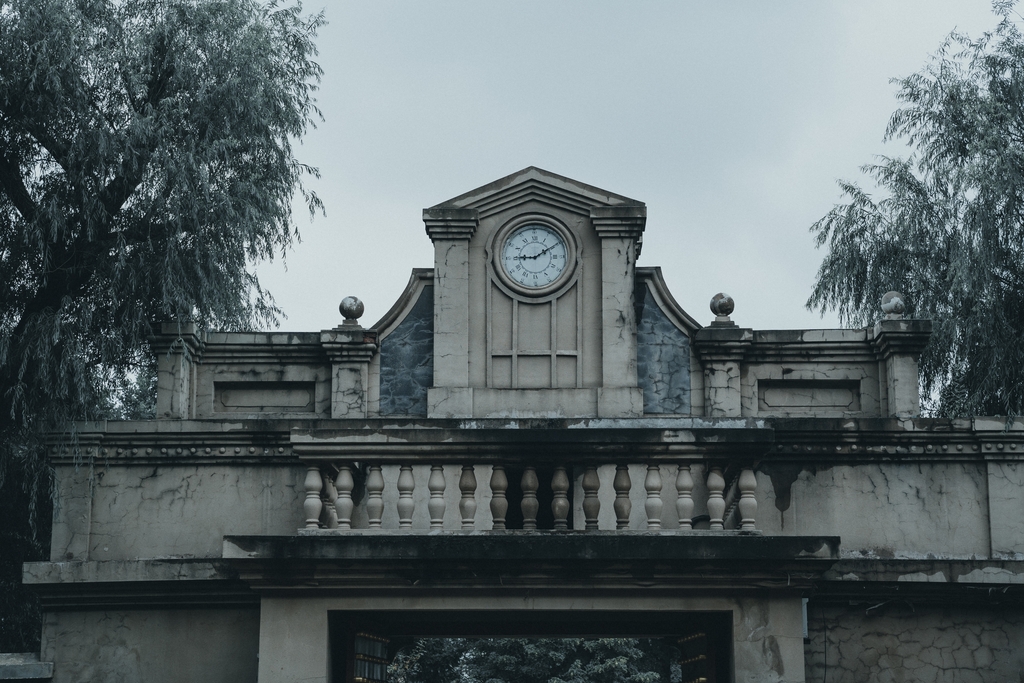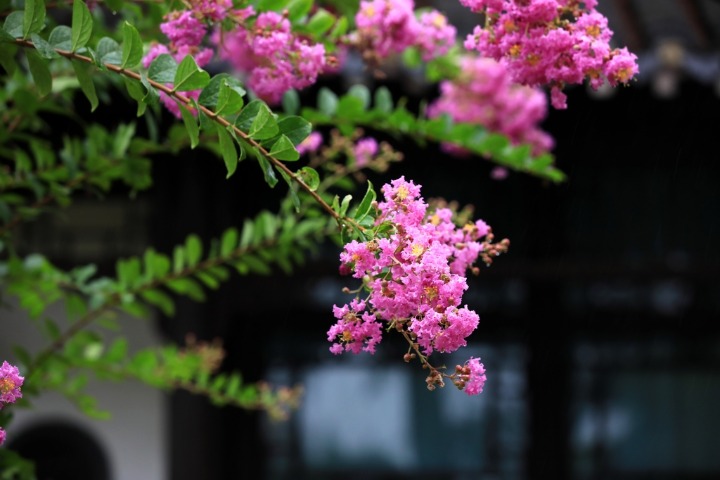小肠疝气挂什么科

Address: No 5 Fubei Lu, Changchun, Jilin province
Opening hours: 8 am to 6 pm
Admission: 70 yuan($9.73)/person

The Museum of the Imperial Palace of “Manchukuo”, located in Changchun, Jilin province in Northeast China, is a site-based museum established on the former residence of Aisin Gioro Puyi (1906-67), the monarch of the puppet regime known as “Manchukuo”. Puyi was the last emperor of the Qing Dynasty (1644–1911), which was overthrown during the Xinhai Revolution in 1911. In 1932, he fled to Changchun, where—with the support of the Japanese colonial army (the Imperial Japanese Army)—he established the “Manchukuo” regime and ruled until 1945.
Founded in 1962, the museum covers a total area of 250,000 square meters. It is a historical product of Japan’s invasion of Northeast China, and its preserved structures and exhibitions reflect the turbulent changes in China's modern history.
Through comprehensive preservation, restoration, and adaptive reuse, it has evolved into a distinctive museum and cultural tourism site. Recognized as an outstanding national patriotic education base and one of the first national top-level tourist attractions in China, the museum also stands as a powerful reminder of the nation's past and resilience.
Since its establishment, the museum has explored its unique historical and cultural value, launching hundreds of exhibitions. Currently, it features over 50 original palace displays, including the Jixi Building, Qinmin Building, and Tongde Hall, along with two large-scale permanent exhibitions and three thematic exhibitions.
Since its founding, the museum has amassed a vast collection of cultural relics, including artifacts from the Manchurian court, modern and contemporary Japanese relics, items from modern Northeast China, folk artifacts, representative works of modern and contemporary calligraphy and sculpture, and pieces by inheritors of intangible cultural heritage. Today, the museum houses over 52,000 individual items or sets of artifacts. Some of these artifacts are one-of-a-kind both in China and internationally, offering unique historical and artistic value.




